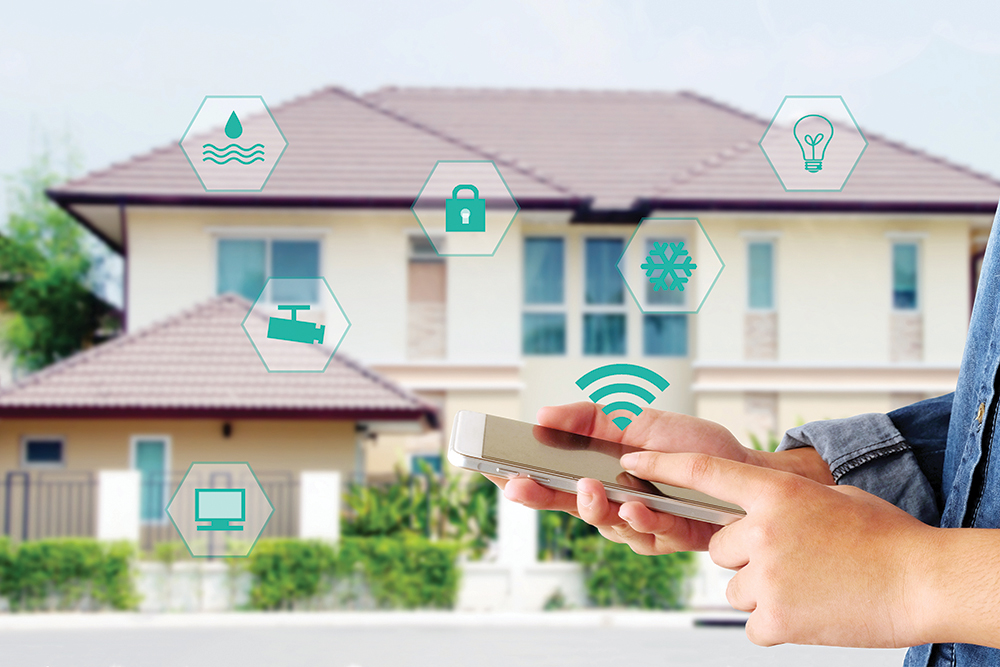In a previous newsletter we introduced the idea of Six Pillars that must be addressed to reverse the dire state of America’s water infrastructure. The solution lies in leadership and a plan that addresses these many challenges comprehensively. Pillar #1 was Education. Pillar #2 is Data.
Aging water infrastructure, conflicting priorities, and thin budgets continue to challenge water utilities. Many are now looking to data for solutions. Utilities have always collected this data for traditional tasks such as quality testing, monitoring of critical systems and advanced metering to improve customer billing. The information is now being used to reduce costs and improve the lifespan of infrastructure assets.
Smart Technologies
 In a world of “smart” everything, more and more water utilities are utilizing data to improve operations and efficiency. According to Black & Veatch’s “2018 Strategic Directions: Water Report,” approximately 70 percent of utilities are “very or somewhat interested” in smart water technology, which combines automation, remote sensing, and control systems with advanced metering and data analytics to obtain actionable intelligence.
In a world of “smart” everything, more and more water utilities are utilizing data to improve operations and efficiency. According to Black & Veatch’s “2018 Strategic Directions: Water Report,” approximately 70 percent of utilities are “very or somewhat interested” in smart water technology, which combines automation, remote sensing, and control systems with advanced metering and data analytics to obtain actionable intelligence.
When comparing the 2018 Black & Veatch report to that issued in 2017, using data to improve productivity is certainly on the rise. A marked year-over-year increase in respondents indicates the use of cloud-based software to analyze data across all parts of the organization, up to 28% from 10% the prior year. Utilities identified monitoring performance, asset maintenance, and treatment operations as the top three operational areas that data analytics and automated monitoring would help improve most. These areas can be closely linked to lower operating costs, optimized processes, and extended life of utility assets.
Additional indicators from the Black & Veatch report point to the increased use of next generation technologies, such as advanced sensors, that can be deployed to detect subtle changes in infrastructure performance that indicate future failures and leaks. This information can be used to proactively address problems before they become more significant and to develop a meaningful plan for replacement of capital equipment. Sensors can be very expensive, as much as $2,000 each, however researchers at McMaster University in Ontario, for example, are working on a different approach that can reduce the cost to under $10 which would most likely proliferate their use by water utilities.
Utility Customer Service
Smart technologies for applications can dramatically improve utility customer service and satisfaction, such as enabling customers to monitor and optimize their own water usage. In this year’s Black & Veatch survey, only 12 percent of companies considered themselves early adopters who are currently benefiting from smart technologies. 33 percent are currently reviewing the these applications and 23 percent include smart technologies in long-term capital improvement plans.
The water industry appears to be embracing data more and more as a tool to increase efficiency and reduce costs, however this practice is still in the very early stages. As adoption becomes more widespread, utility organizations and customers will see increasing benefits from a more proactive approach to infrastructure maintenance and service delivery.
If you are interested in bringing the NLC Service Line Warranty Program to your community, please contact us.

